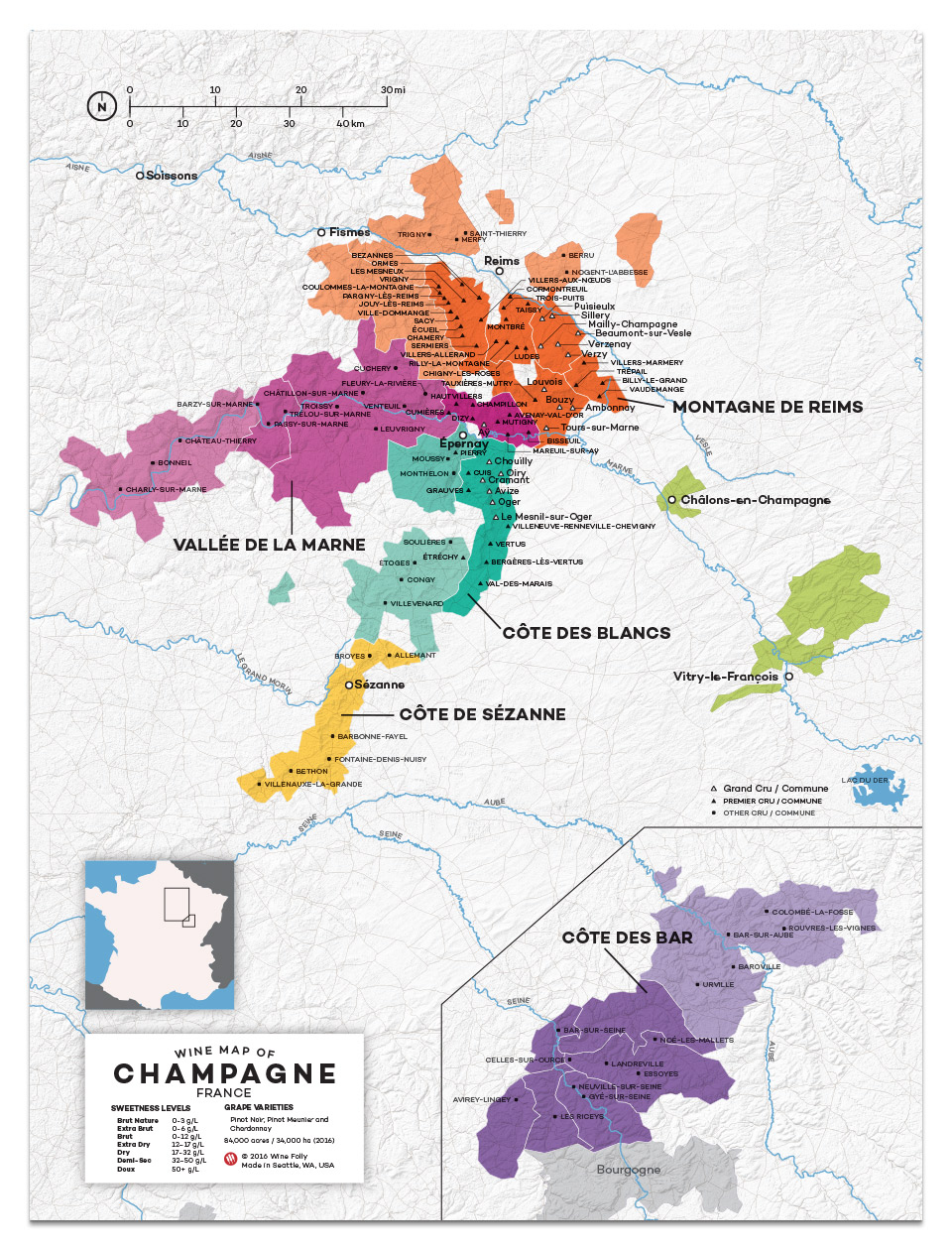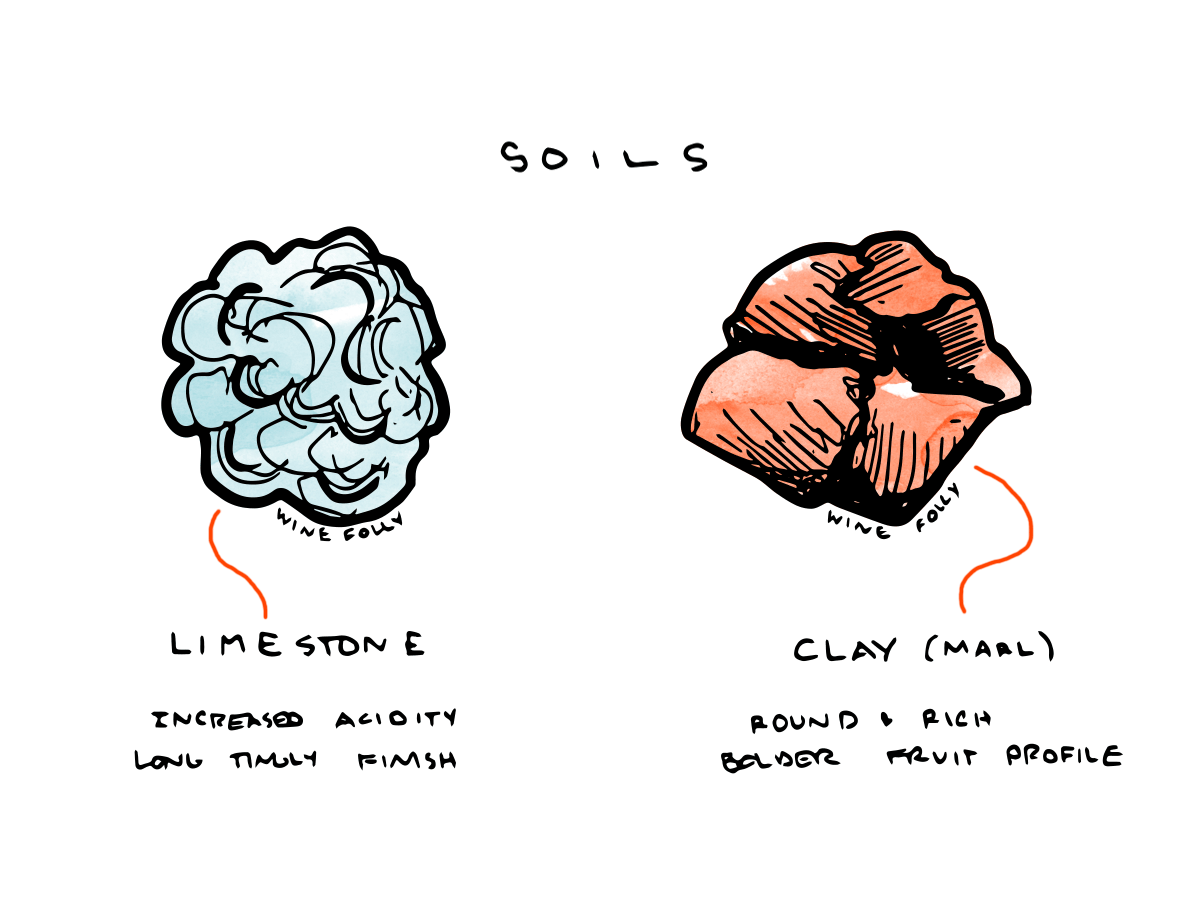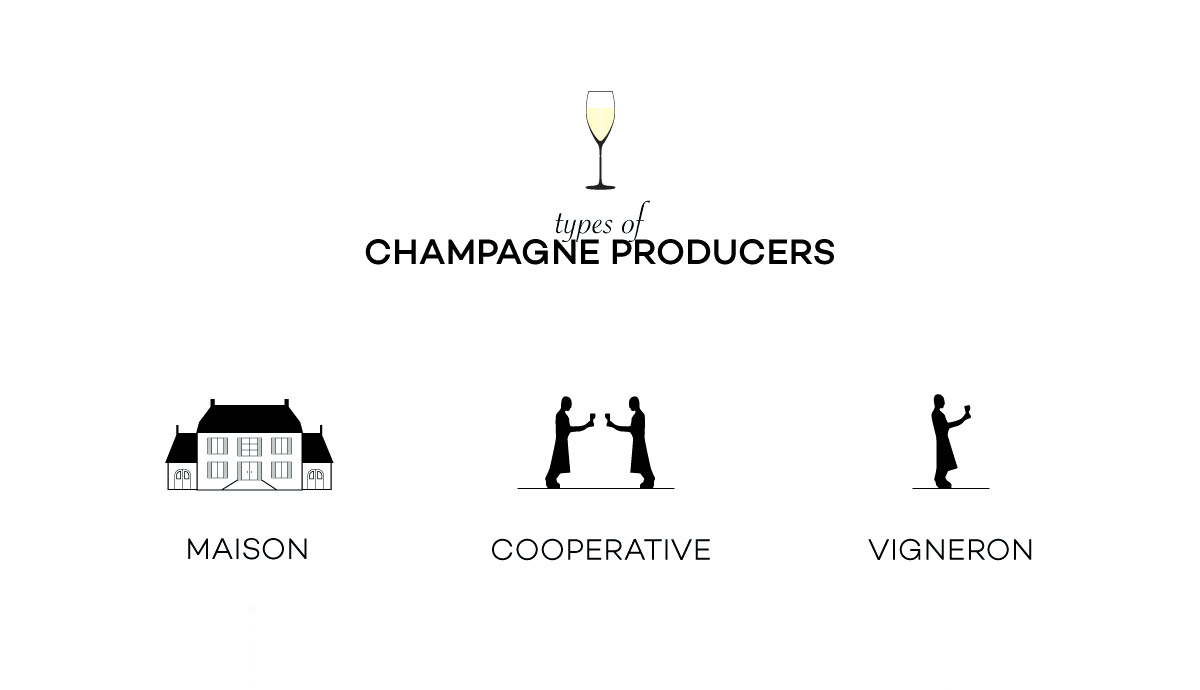This in-depth guide will explore the intricacies of Champagne’s Côte des Bar region in the Aube, which has exploded in growth over the past decade. If you’re just dipping your toes into Champagne, check out A Guide to Finding Great Champagne.
Everyone and their mother is drinking Champagne these days, whether it’s paired with pizza or out of plastic cups at a picnic. The Côte des Bar is very much the underdog of Champagne with a tendency to rebel against the system.
Côte des Bar has become a hot spot of untapped potential, particularly for Pinot Noir. Let’s explore the landscape, grapes, quirky specificity, and producers that make this Champagne region so darn awesome.
Côte des Bar Champagne Guide
Most Champagne regions are within in the Marne département (by Reims and Épernay). The Côte des Bar is the only major region in the Aube, southeast of the city of Troyes. It takes less than two hours to drive here (from Reims), but the landscape is nothing like central Champagne. Vineyards are leisurely interspersed with forests, farms, and streams. It’s unlike the densely-planted Montagne de Reims, Côte des Blancs, and Vallée de la Marne. In fact, most vineyard owners are not full-time wine growers.
While a few Côte des Bar producers were founded in the 19th century, most growers sold their grapes to big Champagne houses. The 21st century saw a few risk takers starting to make their own wines and push towards a culture of artisanal, experimental, terroir-driven Champagne in the Côte des Bar. The vineyard area has grown by nearly 20% since 2000 and now makes up almost a quarter of the entire Champagne region.
Pinot Noir FTW
Since the Côte des Bar is part of Champagne, the grapes are easy to remember. The standard trio of Pinot Noir, Chardonnay, and Pinot Meunier can be planted, along with the more obscure, supplementary Pinot Blanc, Pinot Gris, Arbanne, and Petit Meslier varieties. But Pinot Noir dominates the landscape, comprising around 86 percent of vines in the Côte des Bar.
Chardonnay plantings are growing, but still sit around 10 percent, and Pinot Meunier makes up a tiny 4 percent of vineyards. Interestingly, Pinot Blanc has a long history in the Côte des Bar, and some producers are making single varietal Pinot Blanc Champagne wines!
Climate and Soils
Champagne is known for its distinctive, chalk-limestone soils that spring from the region’s location just outside the center of the Paris Basin. But the Côte des Bar is located just on the edge of this strip of soil, where chalk meets clay. This is called Kimmeridgian soil, and it may sound familiar – it’s the same dirt of Chablis! In fact, the Côte des Bar is about a half-hour’s drive closer to Chablis than to Reims. Some younger Portlandian soil – also found in Chablis – is found in Aube as well.
“So we’re wondering… why aren’t they planting more Chardonnay?”
Since Kimmeridgian soil is a marly blend of limestone and clay, it does two things to the grapes. The chalky soils maintain acidity and the clay-marl encourages round, rich structure, and boisterous fruit flavors. This soil, combined with the slightly warmer temperatures (though make no mistake – this is still a marginal climate), makes Côte des Bar Champagne wines broader and softer than the stuff from the north.
A Little History
The Côte des Bar has a long history of growing and supplying grapes for Champagne houses up north to purchase, but this region was treated as second class for decades – literally. The large producers in the Marne département pushed to exclude the Aube from the official classification of the Champagne region in 1908, leading Côte des Bar growers to riot!
Though the “powers that be” relented in 1911, regions in the Aube were classified as Champagne deuxième zone, or “second Champagne zone,” until 1927. Perhaps this century-old chip on the shoulder is a reason why Côte des Bar producers are so willing to buck tradition?

Buy Map from Wine Folly
The Regions of Côte des Bar
There are 19,870 acres and 63 villages of the Côte des Bar. They aren’t young, exactly, but they are for producing wine, rather than just growing grapes. Thus, the differences between the area’s sub-regions is still up for interpretation. That said, the Côte des Bar has a few distinct regions to know.
Barséquanais
Top Producers: Cédric Bouchard (Roses de Jeanne), Vouette et Sorbée, Marie-Courtin, Fleury, Pierre Gerbais
In the southwest portion of the Côte des Bar, the 33 villages of the Barséquanais center around the town of Bar-sur-Seine. This is where the area’s most significant producers are located. Vineyards are primarily Pinot Noir.
Bar-sur-Aubois
Top Producers: Drappier, Nathalie Falmet, Christian Etienne
This northeast area of the Côte des Bar has fewer growers but is home to the region’s long-standing Champagne house, Drappier. Thirty one villages cluster near the central town of Bar-sur-Aube. Pinot Noir dominates here, though a tiny bit of white Arbanne is here too.
Rosé des Riceys
Top Producers: Olivier Horiot
While this area surrounding Barséquanais’ Les Riceys village is small, it has its own AOP – one of only three in the entirety of Champagne. Rosé des Riceys AOP is a rare, still red wine (surprise!) that’s comprised of 100% Pinot Noir. Most are pale, tart, and light-colored. This is not your typical Pinot Noir!
Montgueux
Top Producers: Jacques Lassaigne, Jean Velut
Okay, okay. So, it’s not technically in Côte des Bar, but it shares the energy and innovation of the region and is the only other significant wine region of the Aube. Montgueux is an oddity. It’s a hill of chalk surrounded by flat lands unsuitable for grape growing. Unlike the rest of the Aube, Montgueux specializes in ripe, rich, high-quality Chardonnay grown on south-facing slopes. (Aha! There’s the Chardonnay!)
Winemaking Techniques
Beyond the soil and climate differences of the Côte des Bar, there tends to be a different overall mindset when it comes to the creation of these wines. That mindset boils down to specificity. Côte des Bar winemakers often focus on the singular attributes of their Champagnes, rather than blending them into a whole.
Single Vigneron
While a few Champagne houses set up shop in the Côte des Bar over a century ago, the region’s recent boom has been driven by grower-producers. A single vigneron will produce wine from estate-owned grapes, rather than purchased ones, enacting greater control over fruit quality.
Single Vintage
Many Côte des Bar houses choose to craft their entry-level Champagnes as single vintage cuvées. This is rare in Champagne. Most blend vintages to create consistency. But here, producers embrace the differences from vintage to vintage. Just so you know, wines can’t label by vintage if not aged in bottle for 3 years. So, Côte des Bar producers put the vintage on the back label after the letter “R.”
Why We’re Drinking Côte des Bar Right Now
There’s a reason why Champagne lovers clamor for wines from the Côte des Bar. Once cast aside as second class, only fit for purchased grapes, the producers of the Côte des Bar have cultivated a winemaking culture of experimentation and innovation. While this is happening across Champagne, it is especially concentrated in the Côte des Bar because young, forward-thinking producers can actually afford to purchase land and grapes.
Like all good things, it probably won’t last; it’s only a matter of time before demand and, therefore, land prices rise. For now, there are certainly some pricy Côte des Bar Champagnes, driven by small production and low profit margins, but some excellent, interesting bottles can be found for under $50. Jump into this lesser-known Champagne producing region now and join the excitement.



